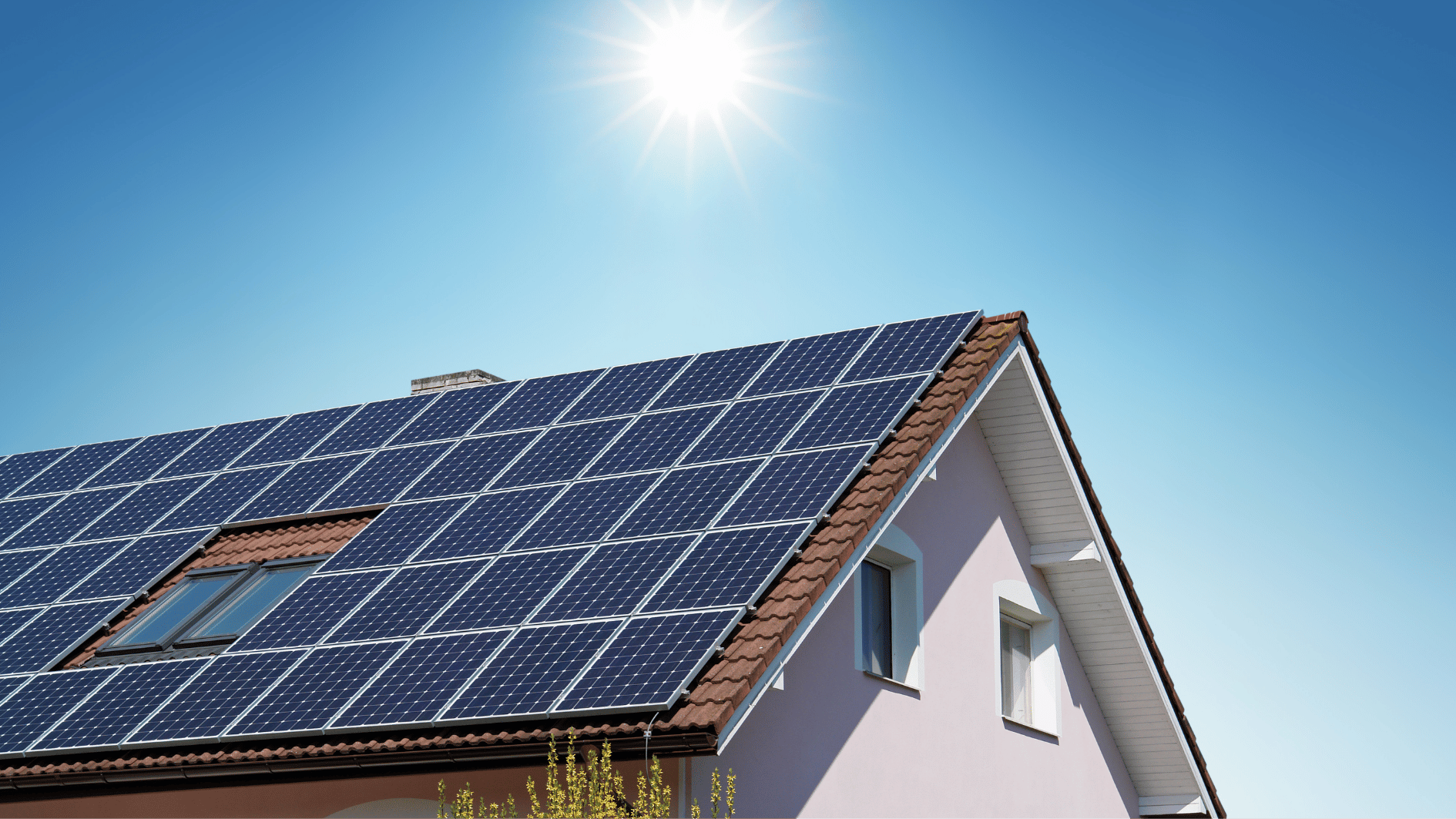Categories: Incentives and Rebates
Solar Renewable Energy Credits (SRECs): Maximizing the Value of Solar Energy in 2025
SRECs allow solar owners in certain states to earn extra income by selling credits for the clean energy their system produces.
Can Solar Power Survive Without Government Incentives?
Solar power has made remarkable progress, and while government incentives have accelerated its adoption, the industry is increasingly positioned to thrive independently.
Understanding Net Metering and Net Billing in 2025
As solar energy adoption surges in 2025, understanding the critical differences between net metering and net billing is essential for homeowners seeking to maximize their financial returns from excess solar…
Net Metering in 2025: How Solar Energy Savings Are Changing for Homeowners
Net metering policies are changing in 2025 – learn how homeowners can still save money with solar energy and maximize their benefits under new billing rules.
Harnessing Renewable Energy with TVA’s Dispersed Power Production (DPP) Program
By engaging in the DPP Program, participants not only support the advancement of renewable energy initiatives within the Tennessee Valley but also foster environmental stewardship and economic growth in their…
Your 2025 Guide to Claiming the Clean Electricity Investment Credit: Steps and Benefits
The Clean Electricity Investment Credit is set to play a crucial role in the United States’ efforts to promote clean energy investments.
New Jersey Successor Solar Incentive (SuSI) Program: A Path to a Sustainable Future
The New Jersey Successor Solar Incentive (SuSI) Program represents a bold step forward in the state’s journey toward renewable energy adoption.
Expanding Access to Solar: States Refine Net Metering for Multi-Family Buildings
As states continue to refine their net metering programs, multi-family buildings are becoming a significant focus for expanding solar energy access.
Hawaii’s Solar Hui Program: A New Approach to Advancing Equity and Climate Goals
Hawaii’s electricity prices are higher than those on the U.S. mainland, making solar panels a more cost-effective solution for generating your own energy and maximizing savings.
Buy-All, Sell-All Tariff Model in Renewable Energy
As the world moves toward a greener future, Buy-All, Sell-All schemes can play a pivotal role in accelerating the transition to sustainable energy systems.
Need help choosing a solution for you?
Just create an application, and we’ll help with the selection.











